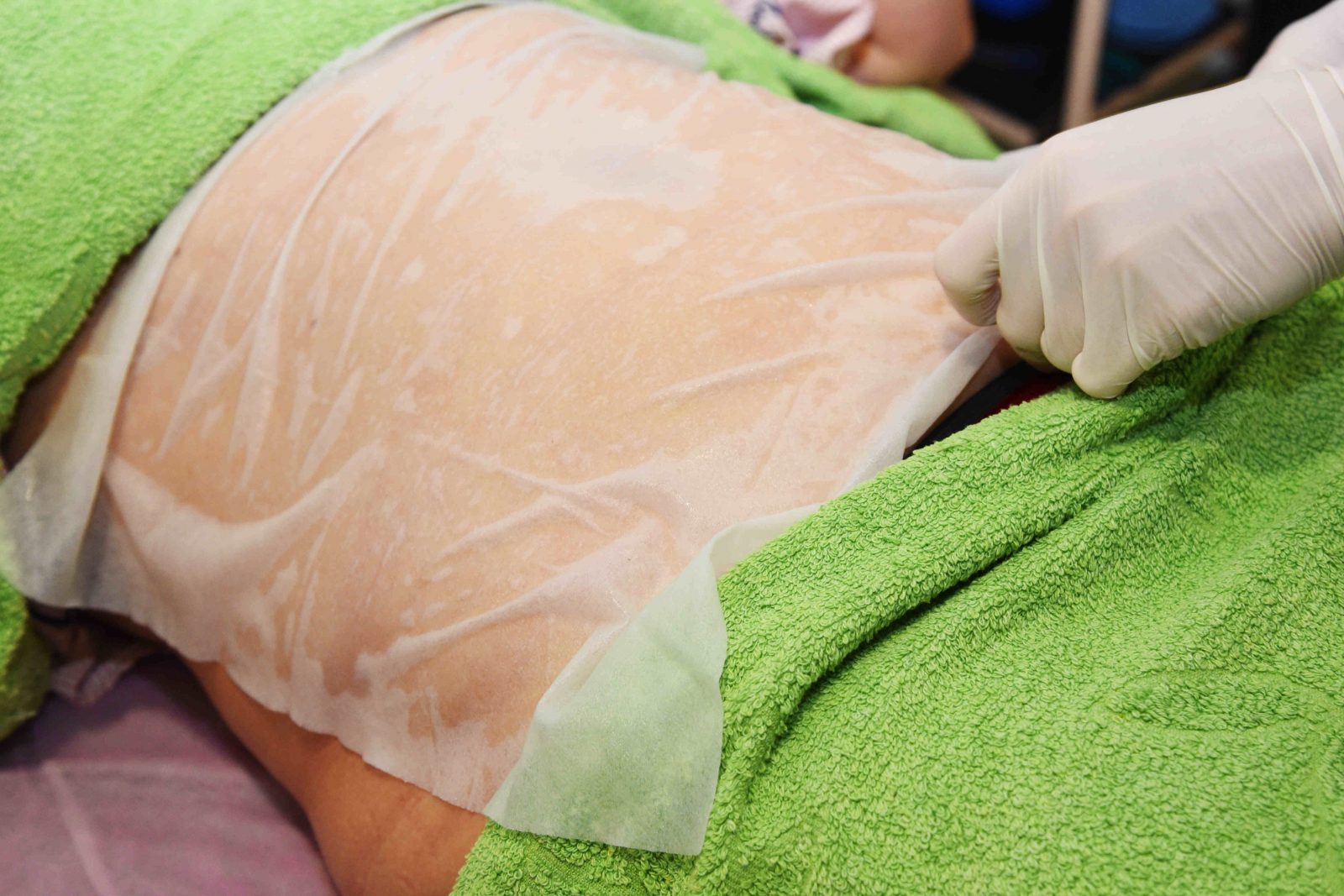Dr. Samuel Lin is a double board-certified Plastic Surgeon and Associate Professor of Surgery at Harvard Medical School who practices in Boston, Massachusetts. Dr. Lin received his Bachelor’s degree in Biomedical Engineering at Northwestern University and was enrolled in the Honors Program for Medical Education at Northwestern University, Feinberg School of Medicine, Chicago, Illinois. Dr. Lin is board certified by both the American Board of Plastic Surgery and the American Board of Otolaryngology-Head and Neck Surgery. Dr. Lin is board certified by two ABMS boards. He is Program Director of the BIDMC-Harvard Plastic and Reconstructive Surgery residency, and Co-Director of the Harvard Aesthetic and Reconstructive Plastic Surgery Fellowship at BIDMC. Dr. Lin has been a Boston “Top Doc” for several years in plastic surgery.
 Photo Credit: Shutterstock
Photo Credit: Shutterstock
Cryolipolysis (one type called CoolSculpting) is a widely used non-invasive treatment option for the reduction of fat throughout the body. The cryolipolysis technology selectively targets and kills fat cells through a process called cryolipolysis. Cryolipolysis selectively freezes fat cells at a specific temperature leading to fat cell apoptosis without harming the surrounding tissue. Cryolipolysis is FDA cleared to treat visible fat bulges in 9 areas throughout the body including the thigh, abdomen, flank, back, upper arm, and buttocks as well as the areas around the chin, jawline, and bra.1
The original work on the concept and technology behind Cryolipolysis was published over 12 years ago. In 2010 CoolSculpting received its first FDA approval for reduction of flank fat. Since that time, CoolSculpting has gained significant popularity for the non-invasive treatment of fat in eight other areas of the body.2 Here Haute Beauty experts Nicholas Elmer, BS and Dr. Samuel Lin, MD, FACS discuss the treatment details.
Who's an ideal candidate?
Those who are seeking reduction of fat in areas for which cryolipolysis is approved. Additionally, ideal candidates are those who are relatively fit with modest fat bulges that have been unsuccessfully reduced through diet and exercise. CoolSculpting is not a substitute for more invasive techniques such as liposuction.
What are the benefits?
There are many benefits of cryolipolysis including the high efficacy of the treatment, non-invasive nature, lower costs, and wide applications. With more patients considering and undergoing non-invasive cosmetic and aesthetic procedures, cryolipolysis represents an extremely viable option for fat reduction without the risks associated with more invasive surgical procedures.
 Photo Credit: Shutterstock
Photo Credit: Shutterstock
Are there risks and side effects?
Despite the many benefits patients have found following cryolipolysis treatment, there are risks and side effects. During the procedure, patients may experience sensations of pulling, tugging, mild pinching, intense cold, tingling, stinging, aching, and cramping at the treatment site which typically abates as the treatment area becomes numb.
Following the procedure, patients may experience transient redness, swelling, blanching, bruising, firmness, tingling, stinging, tenderness, cramping, aching, itching, or skin sensitivity. One or more of these side effects may be seen more commonly but typically resolved in days or weeks. Additionally, there are several rare side effects that may occur following cryolipolysis treatment including paradoxical adipose hyperplasia, freeze burn, changes in pigmentation, and cold panniculitis.1
Paradoxical hyperplasia (PAH) is a rare side effect of cryolipolysis that results from an unknown and aberrant physiologic increase in fat cell size. This leads to the development of fat bulges at the treatment areas, most commonly in the abdomen. Though not physically painful, PAH is still a significant cause of physiological stress for affected patients. The risk of PAH is estimated to occur after less than 2% of treatments. It usually develops 2 to 5 months after treatment.1 PAH is a well-known risk following cryolipolysis. Board-certified plastic surgeons are aware of this adverse side effect and are encouraged to accurately describe the risks of cryolipolysis to all patients who are considering treatment.
What should you consider prior to undergoing Cryplipolysis?
There are many factors to consider when deciding whether to undergo Cryolipolysis treatment. Prospective patients should always consider the anticipated benefits and risks of this procedure, the extent of the desired treatment area, and the history of any contraindications for treatment. The current contraindications for cryolipolysis are a personal history of cryoglobulinemia, cold agglutinin disease, or paroxysmal cold hemoglobinuria. Otherwise, patients should be aware of the potential risks, particularly that of PAH and make the most informed decision. There are currently no known considerations or techniques that may decrease the risk of PAH after undergoing CoolSculpting.1
All procedures, whether invasive or non-invasive, will have inherent risks and benefits. The risks of developing PAH following cryolipolysis is low but may cause significant distress if it occurs. Ultimately, the onus falls on providers to explain the potential risks including that of PAH. With that, patients should consider their goals and be well educated and equipped to deal with potentially adverse effects.
References
- Coolsculpting: Allergan’s latest innovation in body contouring. Accessed February 20, 2022. http://coolsculptinghcp.com/#isi_indications
- Stevens WG, Pietrzak LK, Spring MA. Broad overview of a clinical and commercial experience with CoolSculpting. Aesthet Surg J. 2013;33(6):835-846. doi:10.1177/1090820X13494757
For more information, visit Dr. Samuel Lin's social media:





















